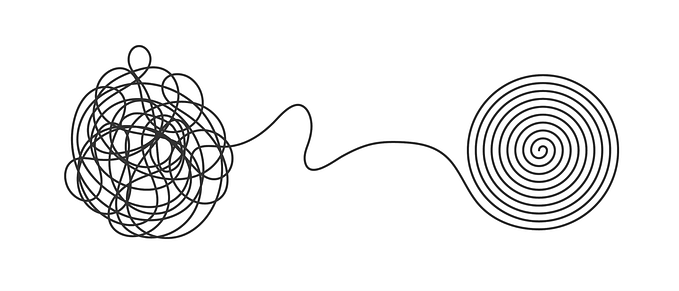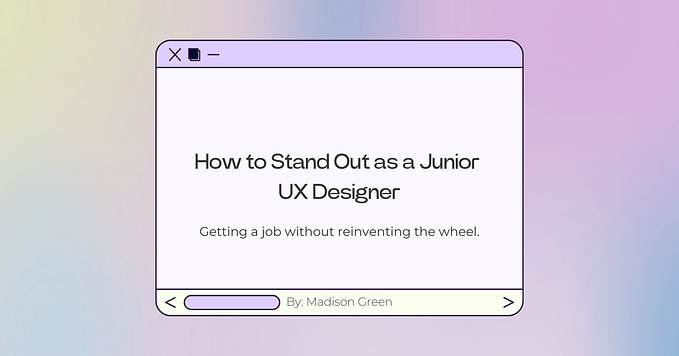Useful methods, guides and tools for doing human-centred design

While pondering how to improve design education for kids, I’ve been collecting resources that help us do human-centred design.
I’m not here to critique. I’m simply exploring, playing, and wondering how we might make design processes useful, tangible, and fun for kids.
There are 17 resources below, in no particular order. Most are free (for some you need to leave an email address).
Here’s what I have.
––––––––––

Design Kit
Methods available online, organised across three phases: Inspiration, Ideation, and Implementation. Methods also available as book or PDF download in The Field Guide to Human-Centred Design.
Method Cards
51 cards divided into four categories: Learn, Look, Ask, and Try. Available in print and as an iOS app (app is a touch out of date).
Design Thinking for Educators
Toolkit and workbook aimed at teachers, to help them create better learning environments. Both available as PDF downloads.
Design Thinking for Libraries
Tools to improve libraries through patron-centred design. A toolkit guide, activities workbook, and an at-a-glance guide are available to download.
By IDEO (the four above)
––––––––––

Collective Action Toolkit
Methods organised across six areas of activity: clarify your goal, build your group, seek new understanding, imagine more ideas, make something real, and plan for action. PDF available.
By frog
––––––––––
Hyper Island Toolbox
An online resource. Methods and tools are organised into 5 categories: energisers, innovation, self-leadership, action, and team. Human-centred design methods are in the innovation category.
By Hyper Island
––––––––––
18F Method Cards
Methods to support software development projects, mainly for government. Cards are browsable online, across 4 phases: Discover, Decide, Make, and Validate. PDF templates are available to download, for people to print and make their own set of cards.
By 18F
––––––––––
Innovating for People: Handbook of Human-Centred Design Methods (this is a book, on Amazon)
Methods are divided into three categories: Looking, Understanding, and Making. Only available as a book. I have a copy if you want a peak.
––––––––––

Design Methods for Developing Services
A selection of service design tools over four phases, known as the “double diamond” design process: Discover, Define, Develop, Deliver. PDF available.
By the Design Council
––––––––––

Stanford d.school Design Thinking Process
Design thinking methods across 5 modes: Empathise, Define, Ideate, Prototype, and Test. A Bootcamp Bootleg PDF combines the most used tools.
Update: I modelled my Design Club pilot on the d.school process, outlined in the post, Teaching Design Thinking in primary schools
––––––––––

Open Innovation Toolkit
An online resource of methods, organised across three categories in a continuous loop: Gather Insights, Ideate, Prototype & Test. Users are invited to submit methods, questions, examples, and resources.
By Mozilla
––––––––––
DIY Toolkit
Tools for social innovation, organised by job to be done, for example: I want to look ahead, I want to generate new ideas. Available as a PDF and online.
Designing for Public Services
A guide for designing public services, created in collaboration with IDEO, mainly aimed at governments. Available as PDF, contains some worksheets.
Creative Enterprise Toolkit
A toolkit aimed at designing a business. PDF download available, along with worksheets, case studies, and tutor notes.
By Nesta (the three above — not strictly human-centred design, but tool-like, open, and in the spirit of making things user-centric)
––––––––––
Adaptive Lab Toolkit
An online resource of tools and techniques across 4 categories: Research, Workshops, Prototypes, UX and service design.
By Adaptive Lab
––––––––––
Government Service Design Manual
Broader than human-centred design, the manual covers four service design phases: discovery, alpha, beta, and live phases of service design. Browse guides by topic, such as governance, measurement, and user-centred design. Guides are also organised by role, for example, resources for designers.
By GDS
––––––––––
Design Sprint
This is really about rapid product prototyping, but it has a strong human-centric element, so I’m including it. The sprint lasts five days, and focuses on a phase of activity per day: unpack, sketch, decide, prototype, and test.
By GV
––––––––––
That’s it.
I’m considering transferring this list over to a Wiki, or a Trello board, to make it organised and maintainable.
Let me know if you have a resource to add. Email me at hello@noam.co.uk, or leave a comment.









